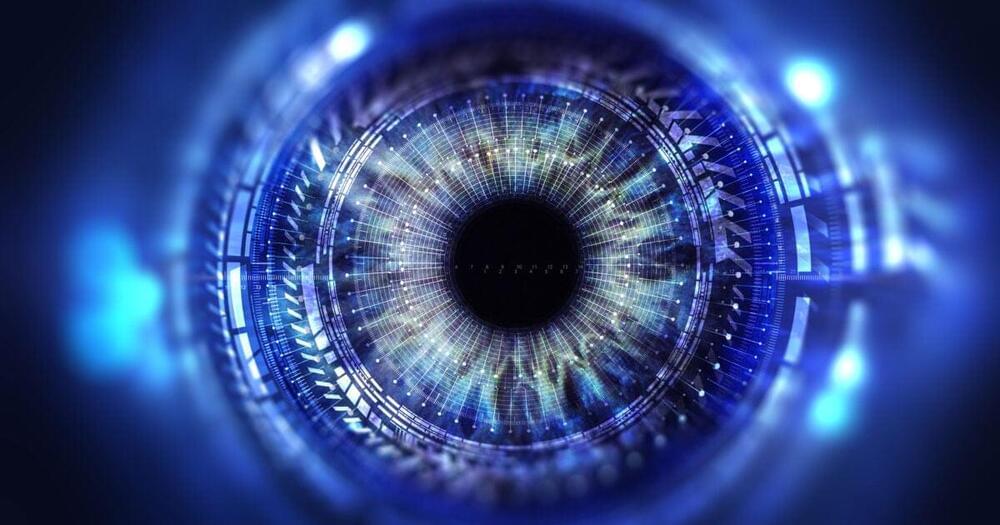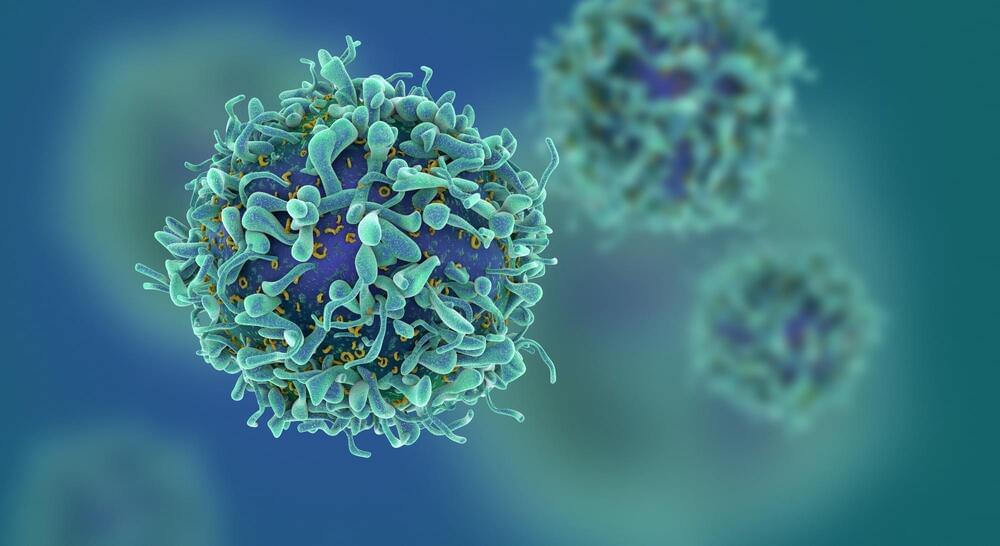Inside Israeli Innovation with Maayan Hoffman and Zachy Hennessey, Ep. 19.


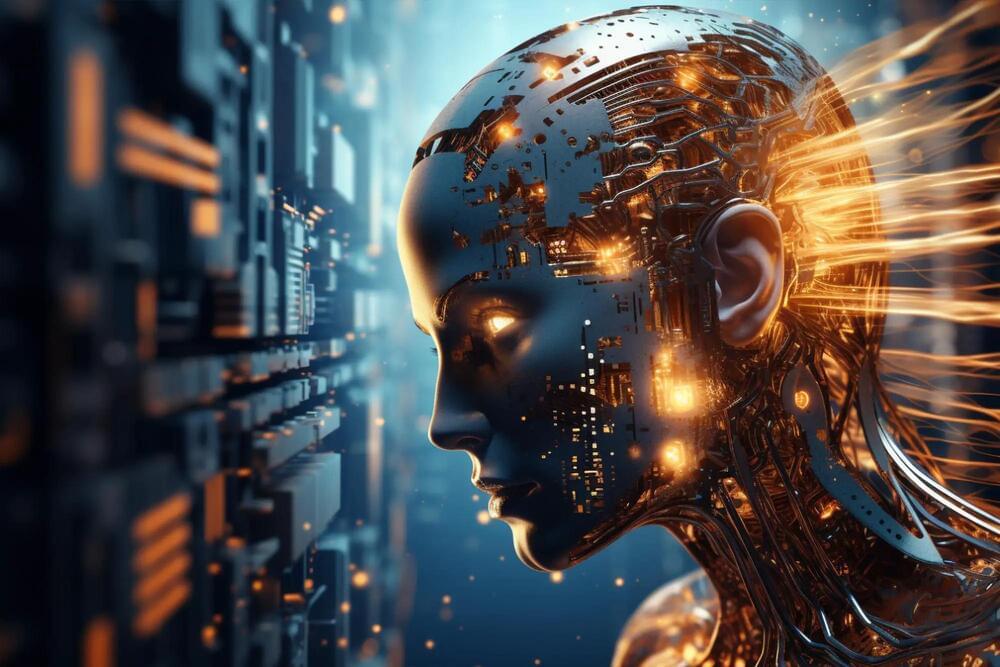
Their development Scalene, an open-source tool for dramatically speeding up the programming language Python, circumvents hardware issues limiting computer processing speeds.
A team of computer scientists at the University of Massachusetts Amherst, led by Emery Berger, recently unveiled a prize-winning Python profiler called Scalene. Programs written with Python are notoriously slow—up to 60,000 times slower than code written in other programming languages—and Scalene works to efficiently identify exactly where Python is lagging, allowing programmers to troubleshoot and streamline their code for higher performance.
There are many different programming languages—C++, Fortran, and Java are some of the more well-known ones—but, in recent years, one language has become nearly ubiquitous: Python.

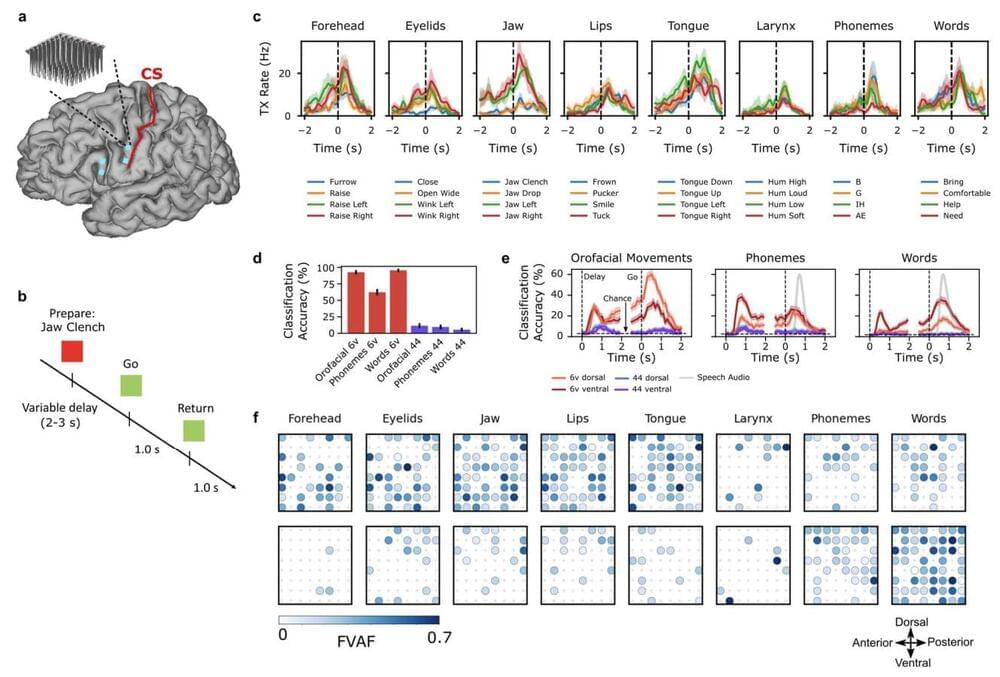
Being able to vocalize is one of the most essential elements of the human experience, with infants expected to start babbling their first words before they’re one year old, and much of their further life revolving around interacting with others using vocalizations involving varying degrees of vocabulary and fluency. This makes the impairment or loss of this ability difficult to devastating, as is the case with locked-in syndrome (LIS), amyotrophic lateral sclerosis (ALS) and similar conditions, where talking and vocalizing has or will become impossible.
In a number of concurrent studies, the use of a brain-computer interface (BCI) is investigated to help patients suffering from LIS (Sean L. Metzger et al., 2023) and ALS (Francis R. Willett et al., 2023) to regain their speaking voice. Using the surgically implanted microelectrode arrays (Utah arrays) electrical impulses pertaining to the patient’s muscles involved in speaking are recorded and mapped to phonemes, which are the elements that make up speech. Each of these phonemes requires a specific configuration of the muscles of the vocal tract (e.g. lips, tongue, jaw and larynx), which can be measured with a fair degree of accuracy.
In the case of the study by Sean L. Metzger et al. as recently published in Nature, the accompanying research article on the University of California San Francisco website details the story of their patient: Ann. At the age of 30, Ann suffered a brainstem stroke which rendered her essentially fully paralyzed. As an LIS patient she lacked for a long time even the ability to move her facial muscles.
Mikhail Sosonkin, who works for cybersecurity start-up Synack, showed CNBC firsthand how easy it is to break into a computer.
» Subscribe to CNBC: http://cnb.cx/SubscribeCNBC
About CNBC: From ‘Wall Street’ to ‘Main Street’ to award winning original documentaries and Reality TV series, CNBC has you covered. Experience special sneak peeks of your favorite shows, exclusive video and more.
Connect with CNBC News Online.
Get the latest news: http://www.cnbc.com/
Find CNBC News on Facebook: http://cnb.cx/LikeCNBC
Follow CNBC News on Twitter: http://cnb.cx/FollowCNBC
Follow CNBC News on Google+: http://cnb.cx/PlusCNBC
Follow CNBC News on Instagram: http://cnb.cx/InstagramCNBC

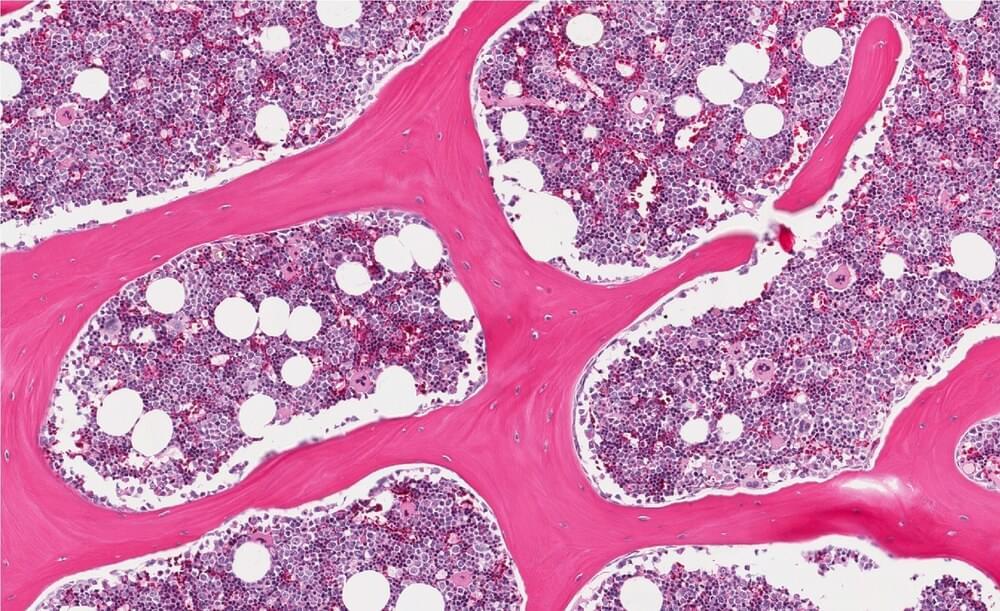
In a recent study published in the Journal of Experimental Medicine, researchers investigated whether bone marrow-derived cells with heterozygous loss of Dnmt3a (Dnmt3a+/Δ), the most common genetic alteration in clonal hematopoiesis (CH), contribute to colitis-associated colon cancer (CAC) pathogenesis.
Study: Hematopoietic-specific heterozygous loss of Dnmt3a exacerbates colitis-associated colon cancer. Image Credit: vetpathologist/Shutterstock.com.
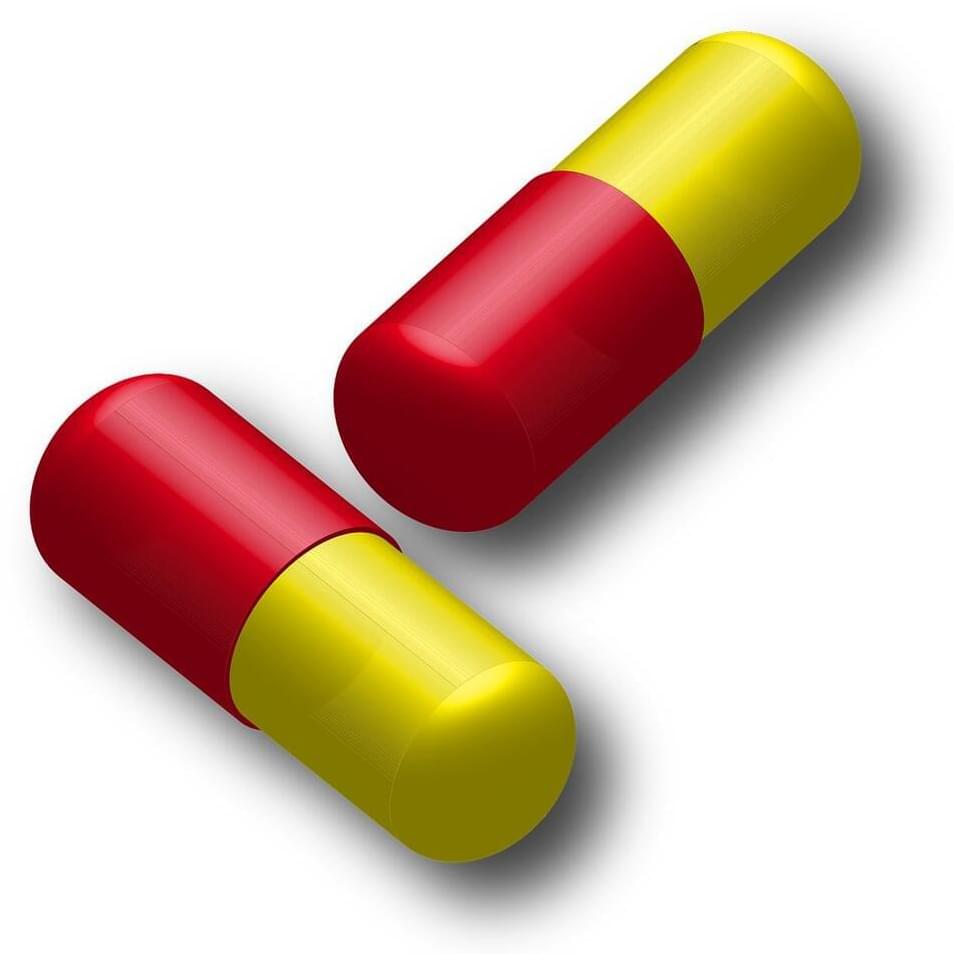
An exciting new cancer drug has recently entered into a phase 1 clinical trial supported by promising pre-clinical work. The drug, named AOH1996, targets a protein called proliferating cell nuclear antigen (PCNA), an essential player in the biological processes of DNA replication and repair. A team of researchers from City of Hope published the data describing how they identified and characterized AOH1996 in Cell Chemical Biology last week. Since then, the news of AOH1996 has appeared prominently in both scientific and mainstream media.
Using a rational drug design approach that develops drugs based on their specific biological targets, the researchers identified AOH1996. Lead researcher Linda Malkas named the drug after Anna Oliva Healey, a girl born in 1996 who succumbed to neuroblastoma at age 9.
In the laboratory, the researchers tested AOH1996 on over 70 different kinds of tumor cells as well as some healthy control cells. While the drug killed the cancer cells, it notably does not affect non-cancer cells, including blood cells and the cells lining the airway. This indicates AOH1996 as a selective drug that will suppress tumor growth but likely not cause adverse effects that can occur when a cancer drug damages healthy cells.
